Increasing Demand for Electricity
The Energy Cable Market is experiencing a surge in demand for electricity, driven by urbanization and industrialization. As populations grow and economies expand, the need for reliable and efficient power transmission becomes paramount. According to recent data, electricity consumption is projected to rise by approximately 2.5% annually over the next decade. This increasing demand necessitates the development and installation of advanced energy cables to ensure that power can be delivered effectively from generation sources to end-users. Consequently, manufacturers in the Energy Cable Market are focusing on producing high-capacity cables that can handle the growing load, thereby enhancing the overall efficiency of power distribution networks.
Government Initiatives and Regulations
Government initiatives aimed at promoting sustainable energy practices are significantly influencing the Energy Cable Market. Various countries are implementing regulations that encourage the use of renewable energy sources, which in turn drives the demand for energy cables that can support these technologies. For instance, incentives for solar and wind energy projects often include provisions for upgrading existing infrastructure, including energy cables. This regulatory environment is expected to foster investments in the Energy Cable Market, as stakeholders seek to comply with new standards and capitalize on government support for clean energy initiatives.
Growth of Electric Vehicle Infrastructure
The proliferation of electric vehicles (EVs) is creating new opportunities within the Energy Cable Market. As more consumers transition to electric vehicles, the demand for charging infrastructure is escalating. This shift necessitates the installation of specialized energy cables capable of supporting high-power charging stations. Market data indicates that the number of public charging points is expected to increase significantly, thereby driving the need for robust energy cable solutions. Consequently, manufacturers are focusing on developing cables that can withstand the unique demands of EV charging, positioning themselves to capitalize on this burgeoning segment of the Energy Cable Market.
Rising Investment in Renewable Energy Projects
Investment in renewable energy projects is a key driver of growth in the Energy Cable Market. As countries strive to meet their climate goals, there is a marked increase in funding for solar, wind, and hydroelectric projects. This influx of capital is leading to the construction of new power plants and the expansion of existing ones, which in turn requires extensive energy cable installations. Recent estimates suggest that investments in renewable energy could reach trillions of dollars over the next decade, creating a robust demand for energy cables that can facilitate the efficient transmission of power generated from these sustainable sources. This trend is likely to bolster the Energy Cable Market as stakeholders seek to align with the global shift towards cleaner energy solutions.
Technological Innovations in Cable Manufacturing
Technological advancements in cable manufacturing are reshaping the Energy Cable Market. Innovations such as improved insulation materials and enhanced conductor designs are enabling the production of cables that are not only more efficient but also more durable. For example, the introduction of high-temperature superconductors is revolutionizing the way energy is transmitted, allowing for reduced energy losses during transmission. These innovations are likely to attract investments and drive competition within the Energy Cable Market, as companies strive to offer cutting-edge solutions that meet the evolving needs of power utilities and consumers alike.


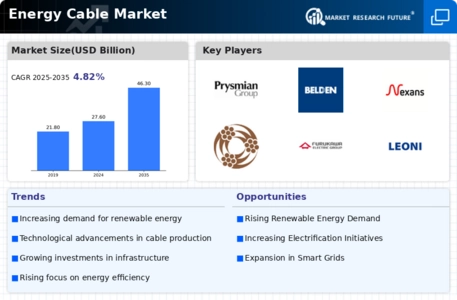
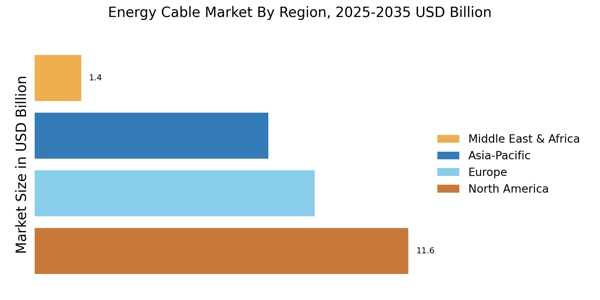
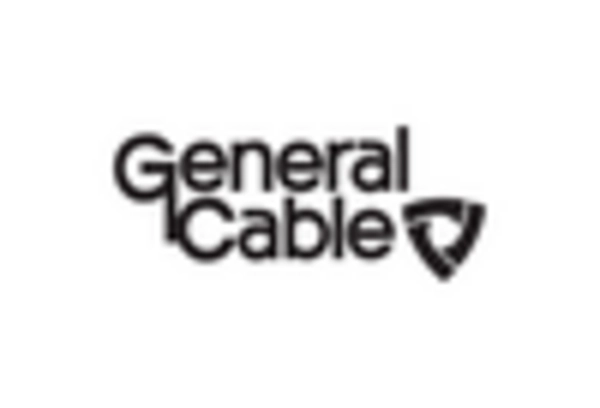
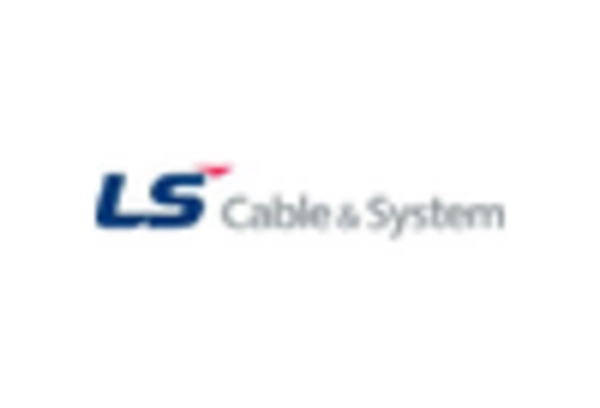
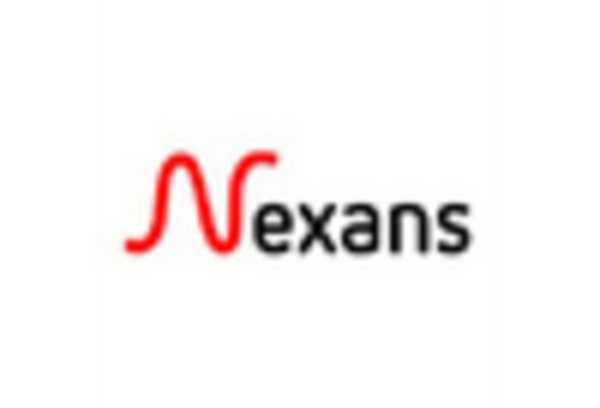
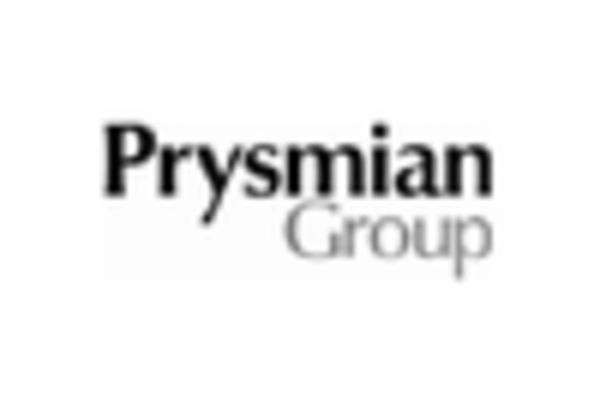

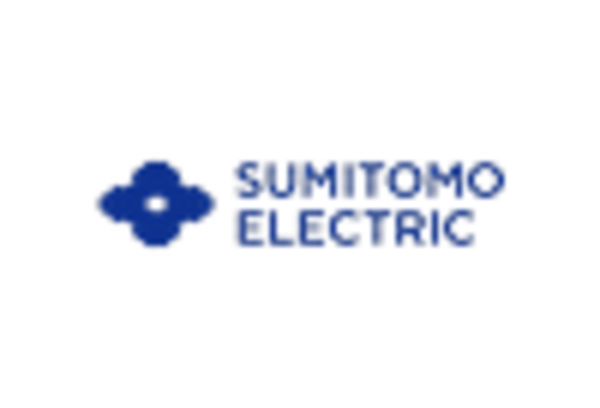








Leave a Comment